Sunflower
All Sunflower Content
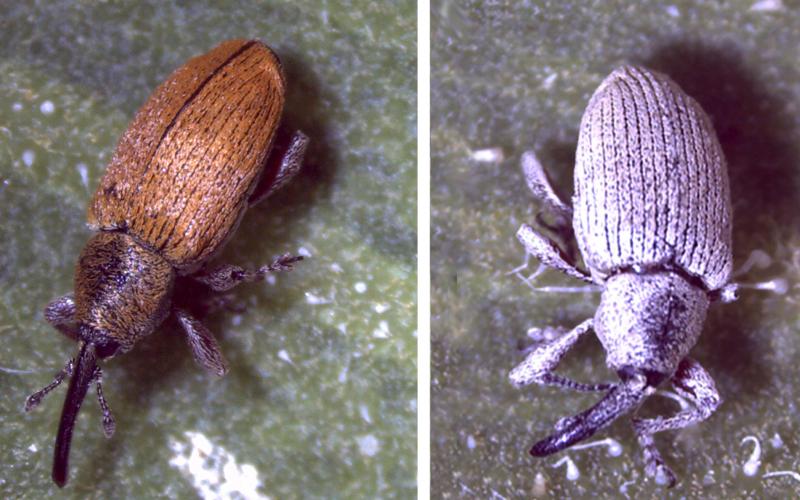
Differentiating Two Species of Sunflower Seed Weevils
While scouting sunflower, there are two types of seed weevils that you may encounter. They are the red sunflower seed weevil and the gray sunflower seed weevil. It is possible to observe both of these species on a single sunflower head.
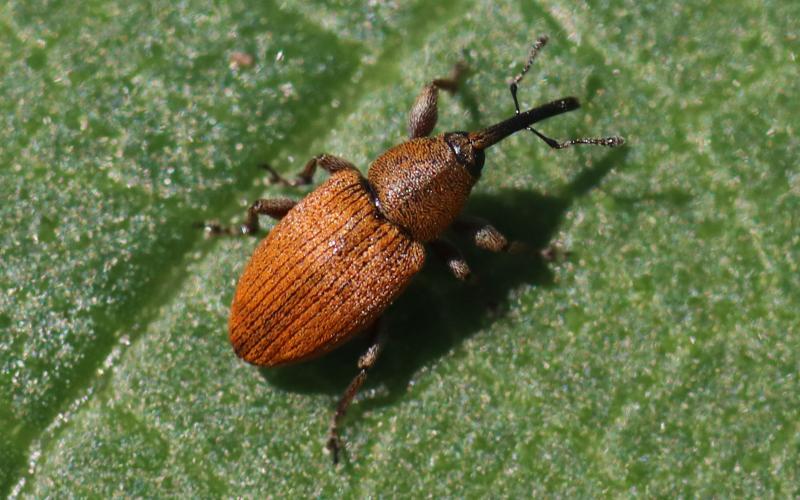
Watch for Red Sunflower Seed Weevils
In South Dakota, sunflower flowering is well underway. That means it is time to start scouting fields for red sunflower seed weevils. During the last two years, red sunflower seed weevil populations have been higher than normal with areas that exceeded the thresholds by as many as 300-500 adults per sunflower head.
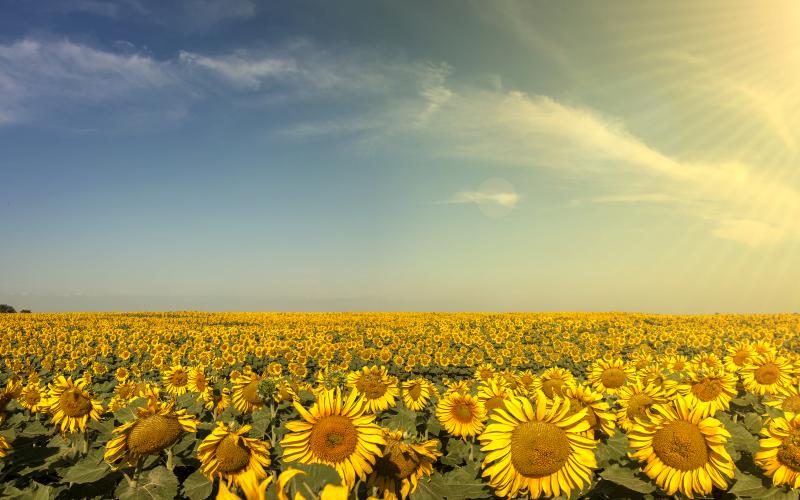
An identification guide to Common Stem Diseases of Sunflower in South Dakota
A guide of common stem diseases in sunflowers in South Dakota
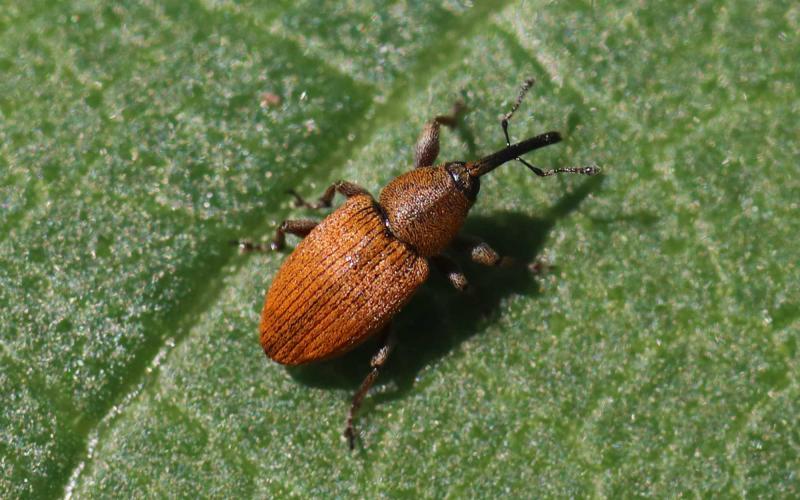
It’s Time to Start Scouting for Red Sunflower Seed Weevils
In South Dakota, sunflower flowering is getting underway. That means it is time to start scouting fields for red sunflower seed weevils.
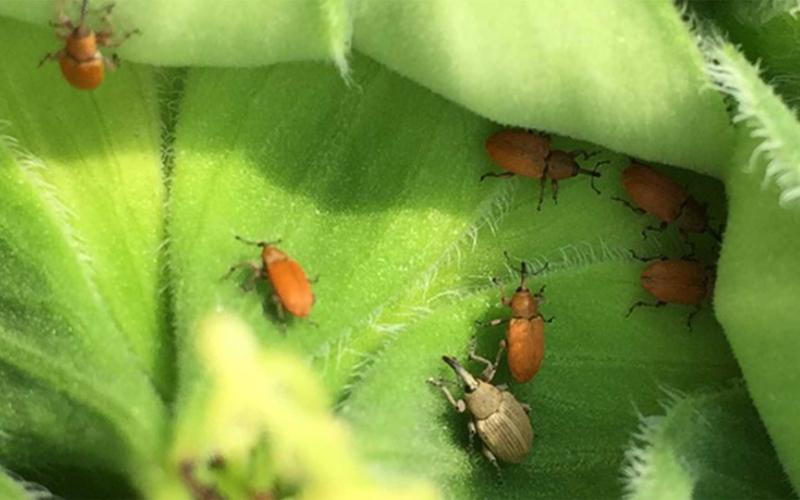
Identifying Red and Gray Sunflower Seed Weevils
When scouting sunflower, the most observed weevil is the red sunflower seed weevil. However, there are two species of seed weevils that can be present on sunflower heads in South Dakota.

Watch Sunflowers for Grasshopper Defoliation and Flower Feeding
Grasshoppers continue to be an issue in some areas of South Dakota. The hotspots seem to be along the Missouri River, but it is a reminder that everyone should be monitoring their crops for grasshopper feeding.
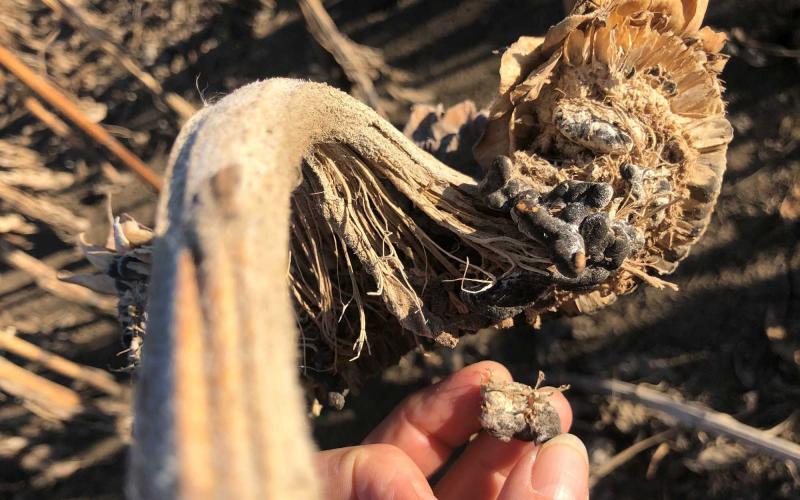
Sclerotinia Concerns in Sunflower
Sclerotinia diseases are a concern in sunflowers, because the fungus can infect the plant through the root, mid-stalk or the head. Wet weather and cool temperatures two-to-three weeks prior to and during flowering favor disease development.
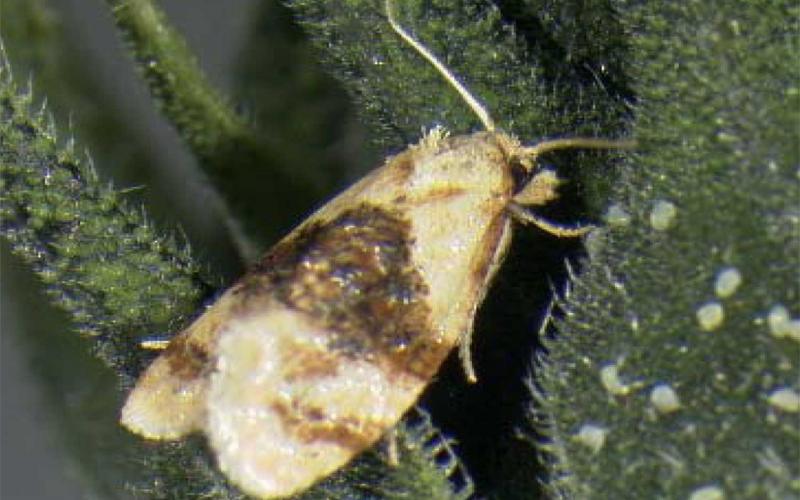
Monitor Sunflower for Banded Sunflower Moth Activity
Banded sunflower moths are active in South Dakota, which means it is time to start scouting sunflowers for their eggs. Banded sunflower moth caterpillars can reduce yields and oil content by feeding on the developing florets and tunneling into developing seeds.
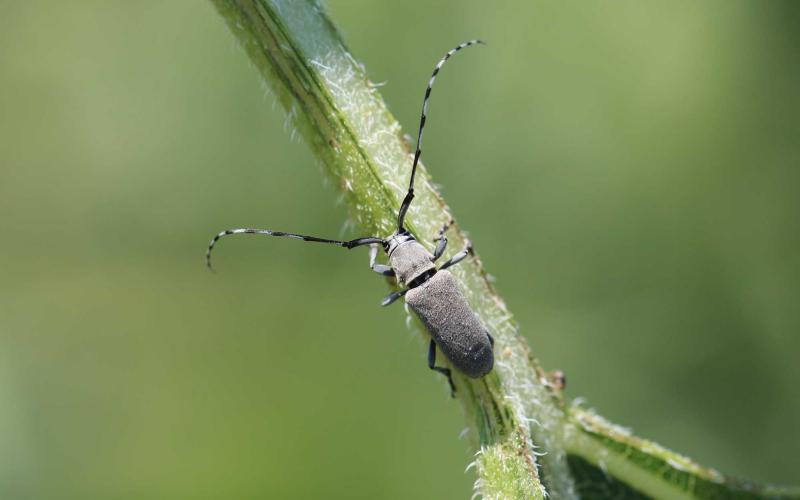
Will Dectes Stem Borers Be an Issue in 2020?
Every year, there is a risk that sunflower in South Dakota will be infested by Dectes stem borer larvae. At this point in the season, adults are active, and females have likely been laying eggs in sunflower plants.
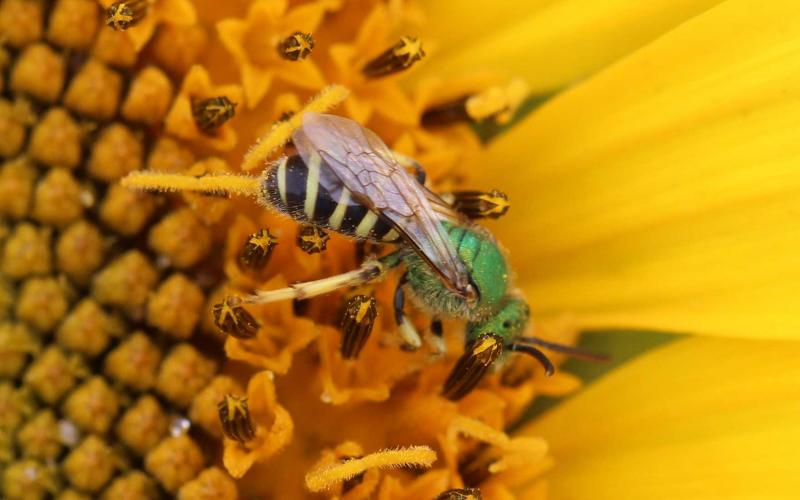
Bees and Other Pollinators Visiting Sunflower
While insecticides are often necessary to reduce pest populations and prevent yield loss in sunflower, it is important to consider the impact they may have on beneficial insects, like bees and other native pollinators.